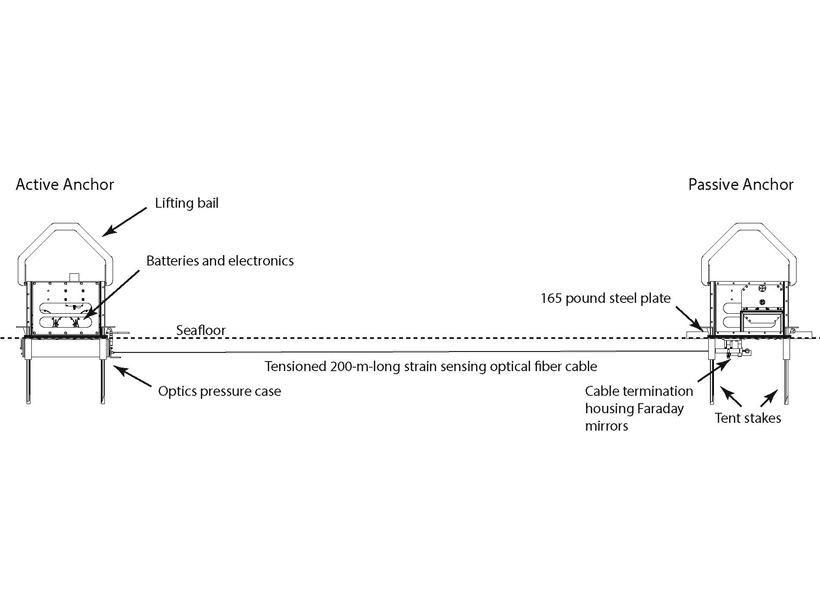Are there indications of extended aqueous processes beyond the period of widespread fluvial activity on Mars?
B. Pirenne
Editor, Earth and Space Science
Posted inEditors' Highlights
Successful Testing of Technique to Measure Seafloor Strain
A new optical fiber interferometry strain sensor tested off the Oregon coast holds promising prospects for seafloor geodesy.
Posted inEditors' Highlights
Radar Data Highlights Areas Damaged by Wildfire and Debris Flows
Synthetic aperture radar data post-processing can be used to analyze changes in the landscape, providing a useful tool for disaster response.



